Pilgrim, Exile, Sorcerer: The Painterly Evolution of Jehangir Sabavala
Synopsis
Classicist by sensibility, contemplative by temperament, Jehangir Sabavala has enjoyed the fulfilling destiny of a painter who never ceases from exploration. At the age of seventy-five, he can look back over a distinguished career that spans five eventful decades. Sabavala has had no patience with the fluctuations of fashion, ideology and political necessity. He has always stood apart from schools and movements, not from arrogance so much as from the desire to explore his truths alone, neither imposing his doctrines on others nor permitting others to impose their beliefs on him. Pilgrim, Exile, Sorcerer is the definitive biography of Sabavala by Ranjit Hoskote, leading critic and commentator on contemporary Indian art. Hoskote unravels the interwoven strands of Sabavala's life and art, beginning with the formative years of his childhood and early youth. The narrative follows Sabavala's progress through the late 1940s, as he served his apprenticeship to the tradition of European art. From the vibrant ateliers of Europe, he returned to a turbulent, newly independent India. Then followed a decade of experimentation as Sabavala attempted to make the austere Cubism of his teacher, Andre Lhote, relevant to the tropical exuberance of the subcontinent. This quest involved the artist in an extended dialogue with India, its people, its local traditions; and as he made a place for himself in a post-colonial context, he realised that his painting would have to evolve beyond Cubism. This realisation brought him to the turning point in his painterly evolutions: from the early 1960s, he began to move towards the incandescent 'visionary landscapes' with which his style is now associated. Introspective and lyrical, his paintings remind us of the transcendent dimension of life, the conditions of grace and hope. Richard Lannoy, the established English painter, photographer and writer, who has known Sabavala both as an artist and a friend, has written the preface to the book, 'The Paradoxical Alliance', an illuminating portrait essay on the artist. Pilgrim, Exile, Sorcerer incorporates material - some of which has never been published before - including sketches, watercolours, family photographs, excerpts from travel diaries and personal scrapbooks.
Read more
84.60
76.14
$
94.00 $
Free delivery Wolrdwidе in 10-18 days
Ships in 2-4 days from New Delhi
Membership for 1 Year $35.00
Get it now and save 10%
Get it now and save 10%
BECOME A MEMBER




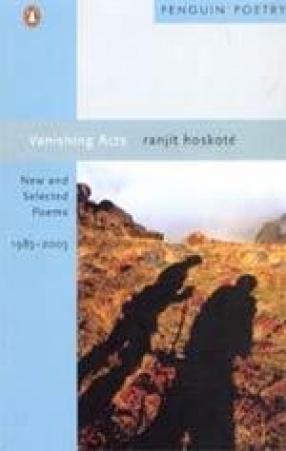
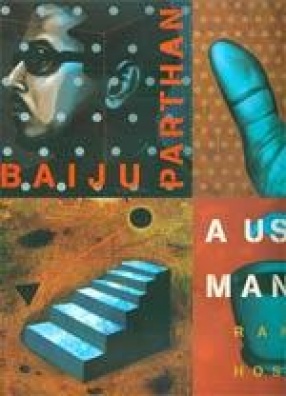
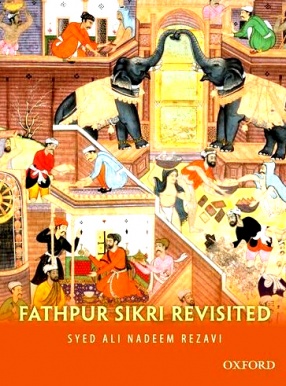
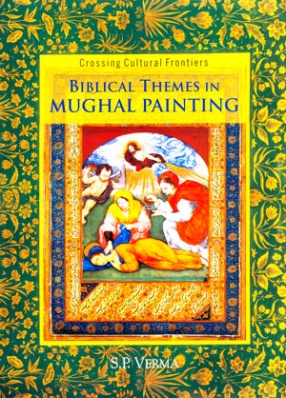
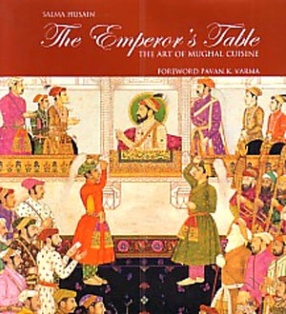
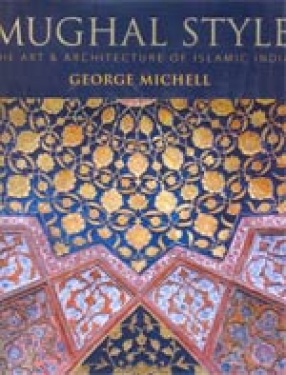

Bibliographic information